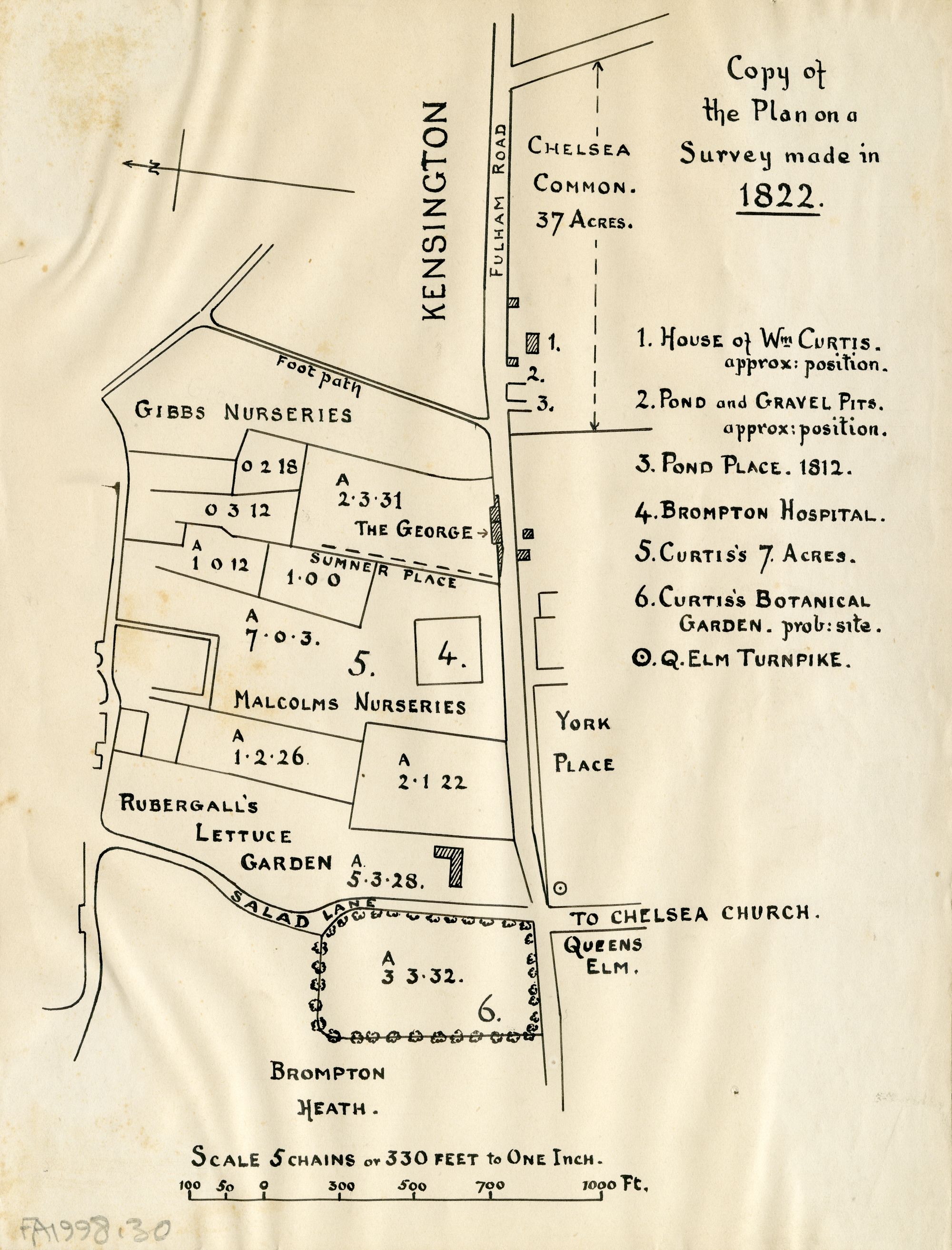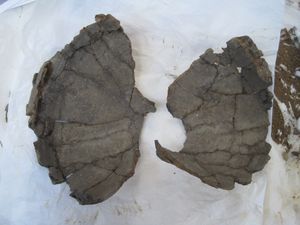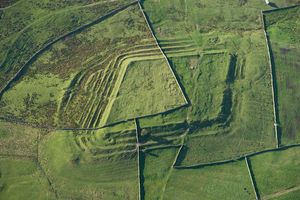About the exhibition
2019 marked the anniversary of the deaths of three members of Alton's Curtis family who all made their mark on our history but in different ways. All three had the same name of William, were born Quakers and trained as apothecaries but there the similarity ended.
On Friday 31 May 2019, Councillor Graham Titterington, the Town Mayor of Alton, officially unveiled a Blue Heritage Plaque in honour of William Curtis, 1770-1849 and Surgeon apothecary to Jane Austen and William Curtis, 1803-1881, a founder of the Curtis Museum.
The plaque unveiling was followed by the launch of the ‘dear Nature’s child’ exhibition at the Allen Gallery in honour of William Curtis, 1746 – 1799, Botanist and Entomologist. The exhibition, which ran until 20 July 2019, tells the fascinating story of one of the greatest naturalists of the 18th century, he was born in Alton and became one of the centuries most original and pioneering minds in the study of native plants and insects.
The team at Hampshire Cultural Trust have now digitalised this exhibition across five parts exclusively for Culture on Call.
London
‘the smoke of London…constantly enveloped my plants’
William arrived in London in the summer of 1766. While initially apprenticed to a surgeon - not a profession he was particularly interested in - he shortly found work with Thomas Talwin, a member of the Apothecaries Society, and began attending lectures at St Thomas’ Hospital. In 1771 Williams’ apprenticeship ended when he gained the Freedom of the Worshipful Company of Apothecaries.He was now free to make his own mark on botany’s Golden Age.
By 1770 William had begun planning what he termed a ‘teaching garden’. A small botanic garden that would allow people to learn about the care and propagation of indigenous plants that he felt were being neglected by the introduction of more exotic imports. His first Botanic Garden opened in Bermondsey in 1772.
That year also saw his appointment as Garden Superintendent and Demonstrator of the Society of Apothecaries Chelsea Physic Garden where his role was to train apprentices in plant identification. By 1777, increasing demands on his time, lectures, publications and his Botanic Garden, meant that he had to relinquish this post. In 1779 he relocated his garden to Lambeth. The London Botanic Garden charged one guinea (£1.05) for admission and use of the library. For an additional subscription visitors could obtain cuttings and seeds of the plants.
In 1789 he had to move again as ‘the smoke of London…constantly enveloped my plants.’ He finally ended up in the tranquil and, at the time, rural idyll of Brompton.

Visit Culture on Call next Thursday for Part 4.
If you have enjoyed Culture on Call and you are able to make a donation, any support you can give will help us keep people connected.



